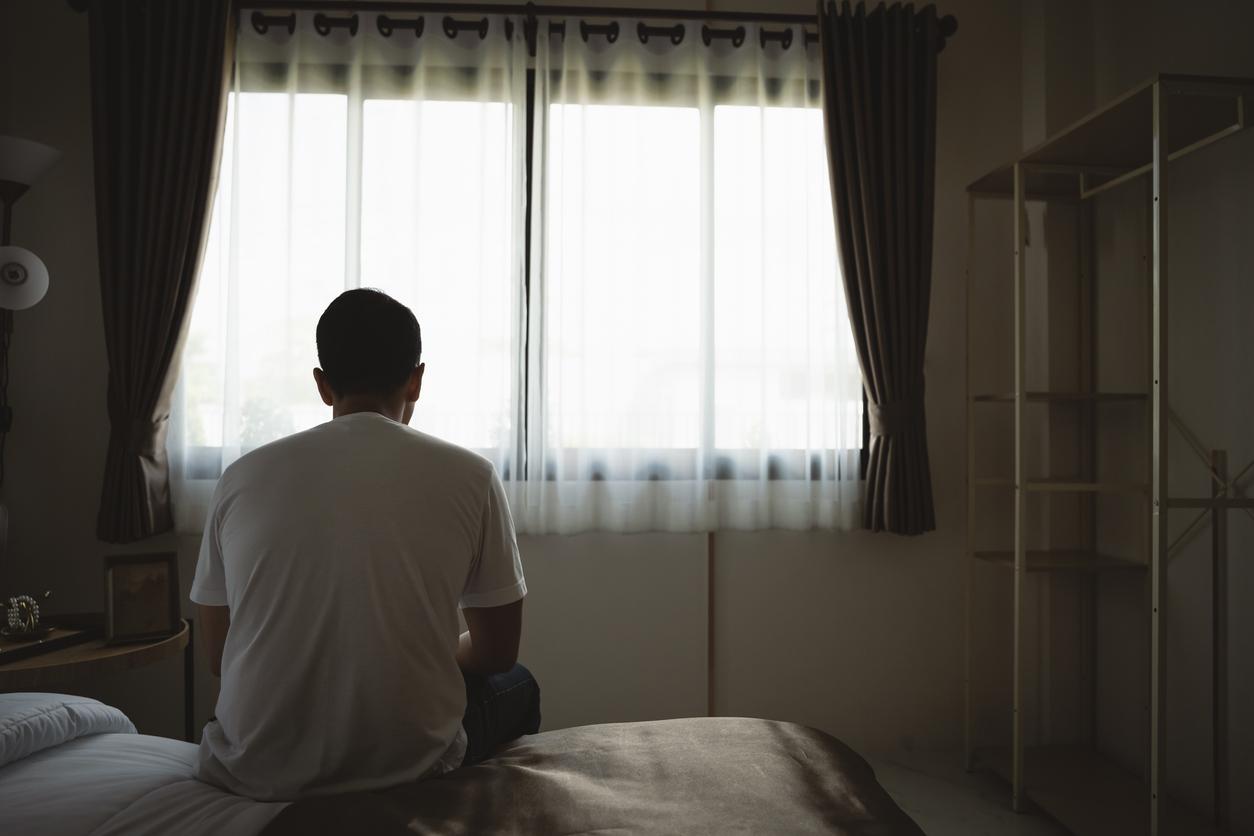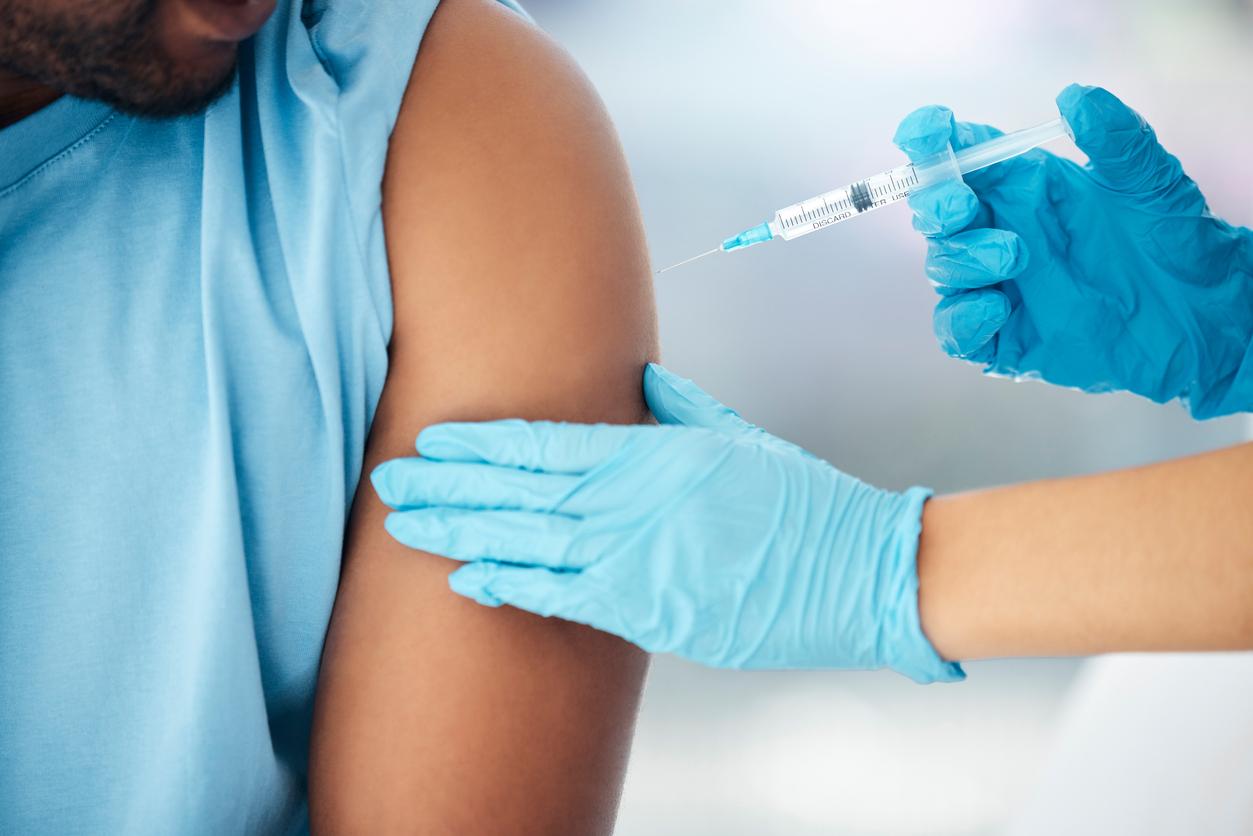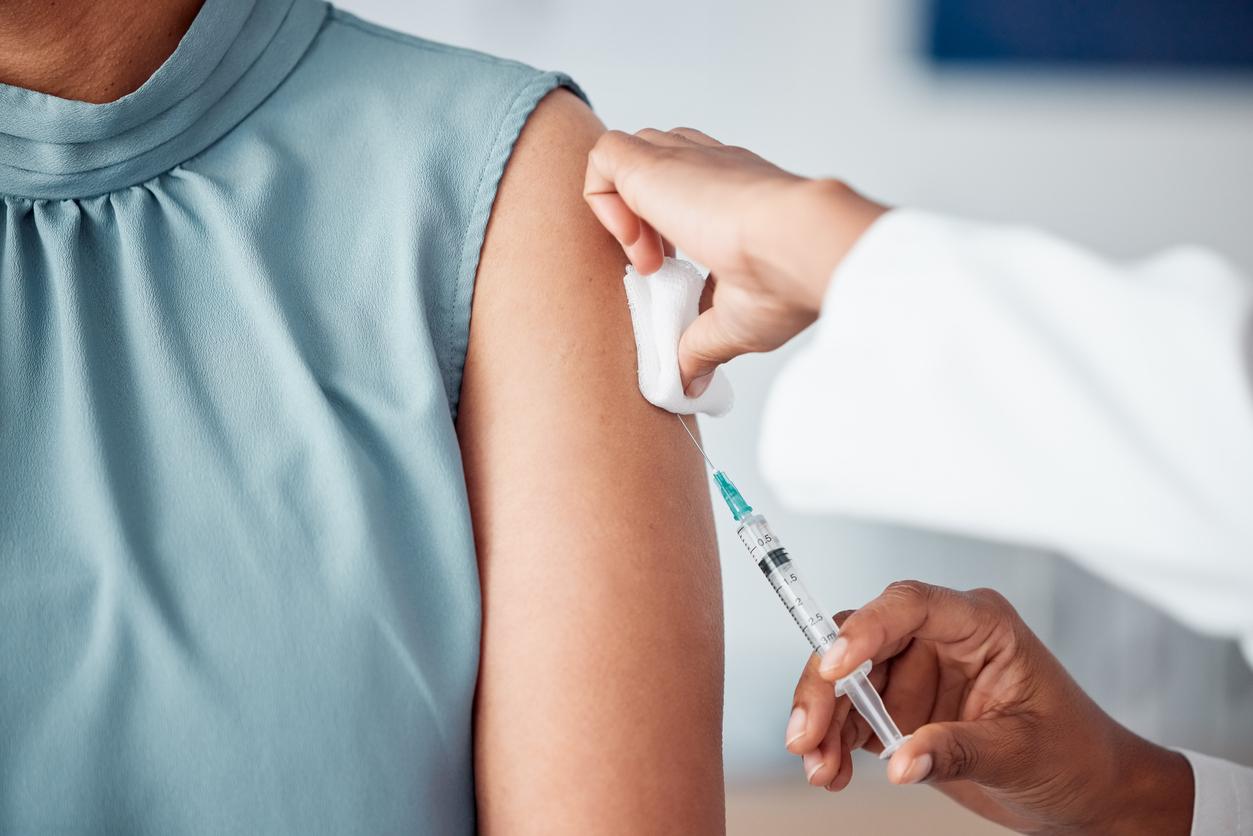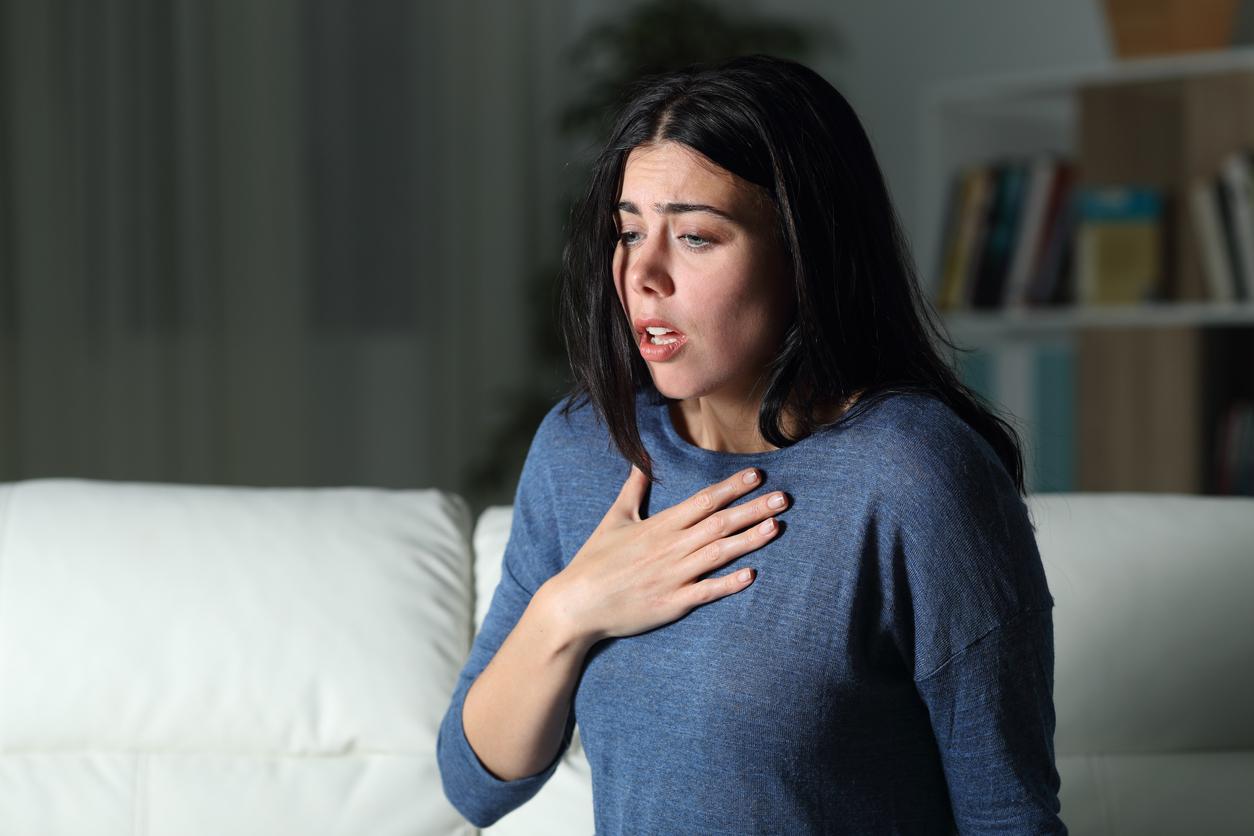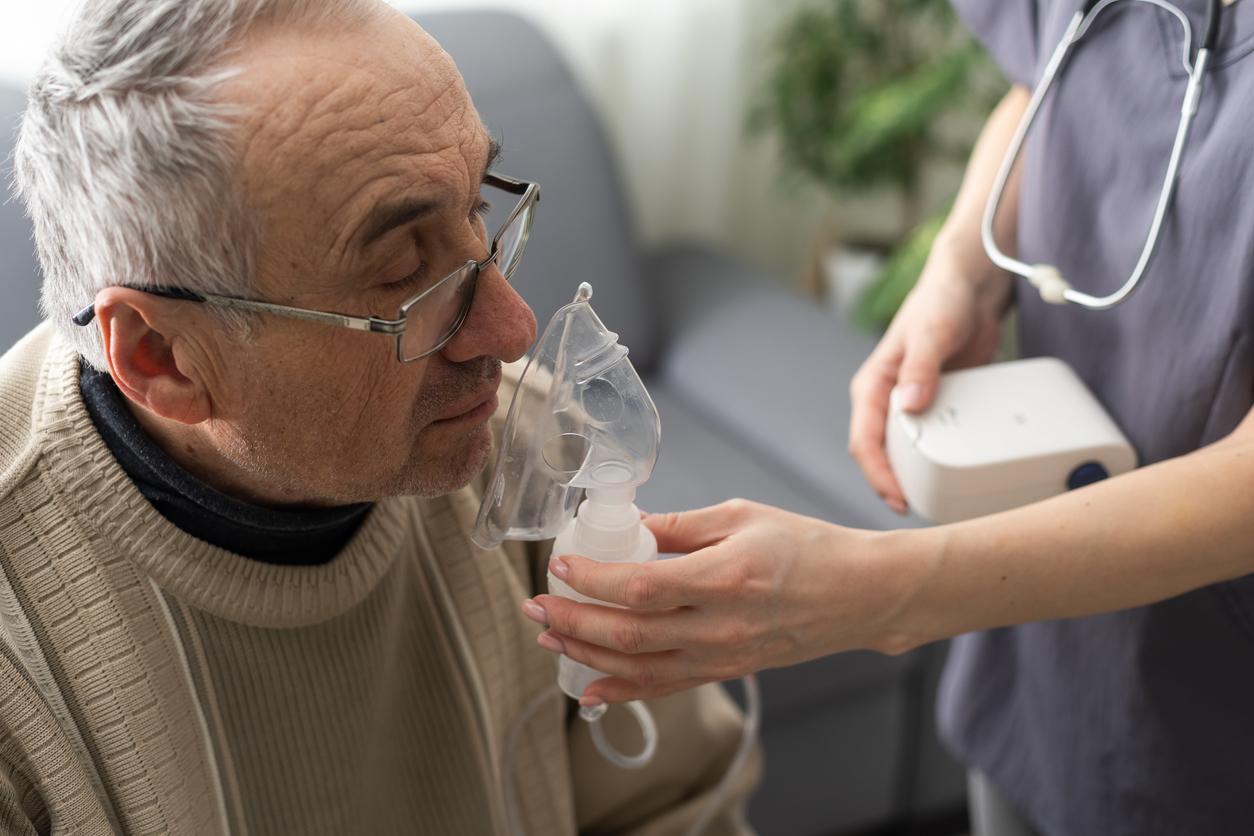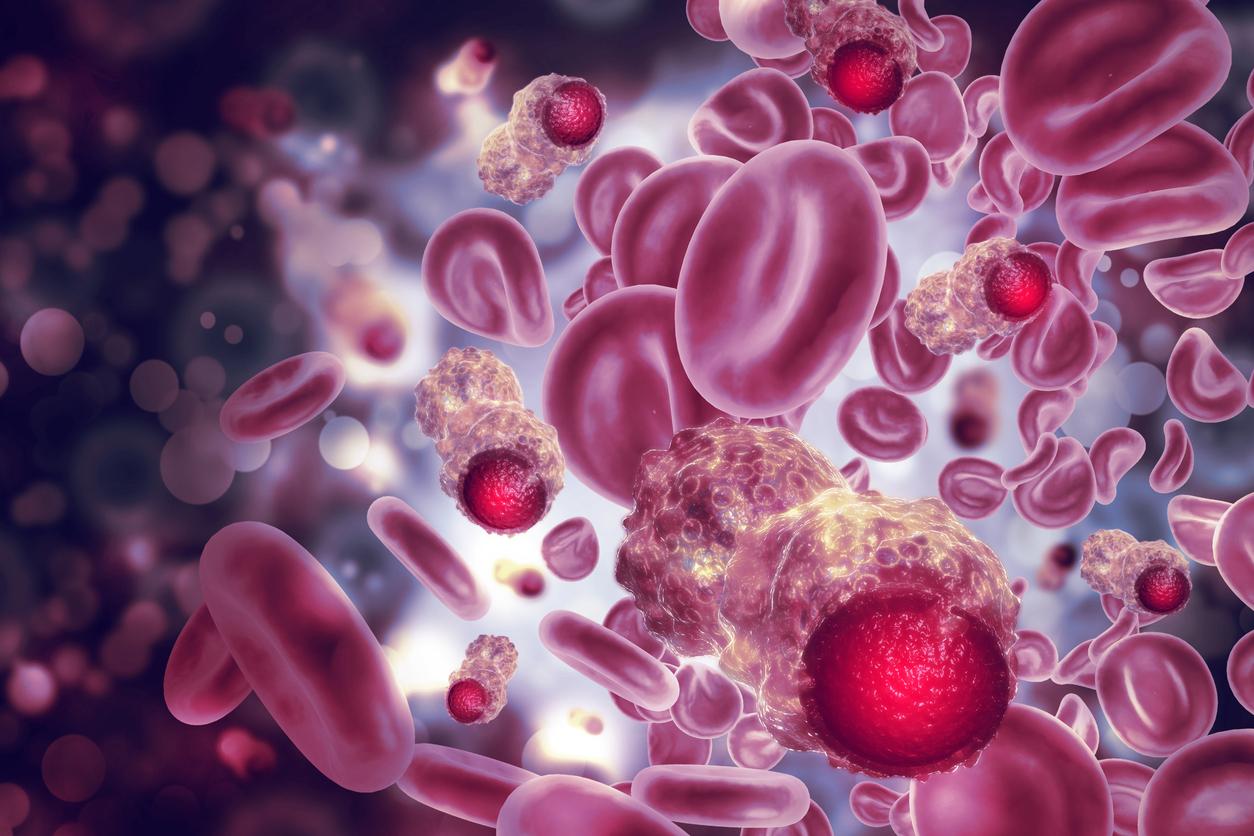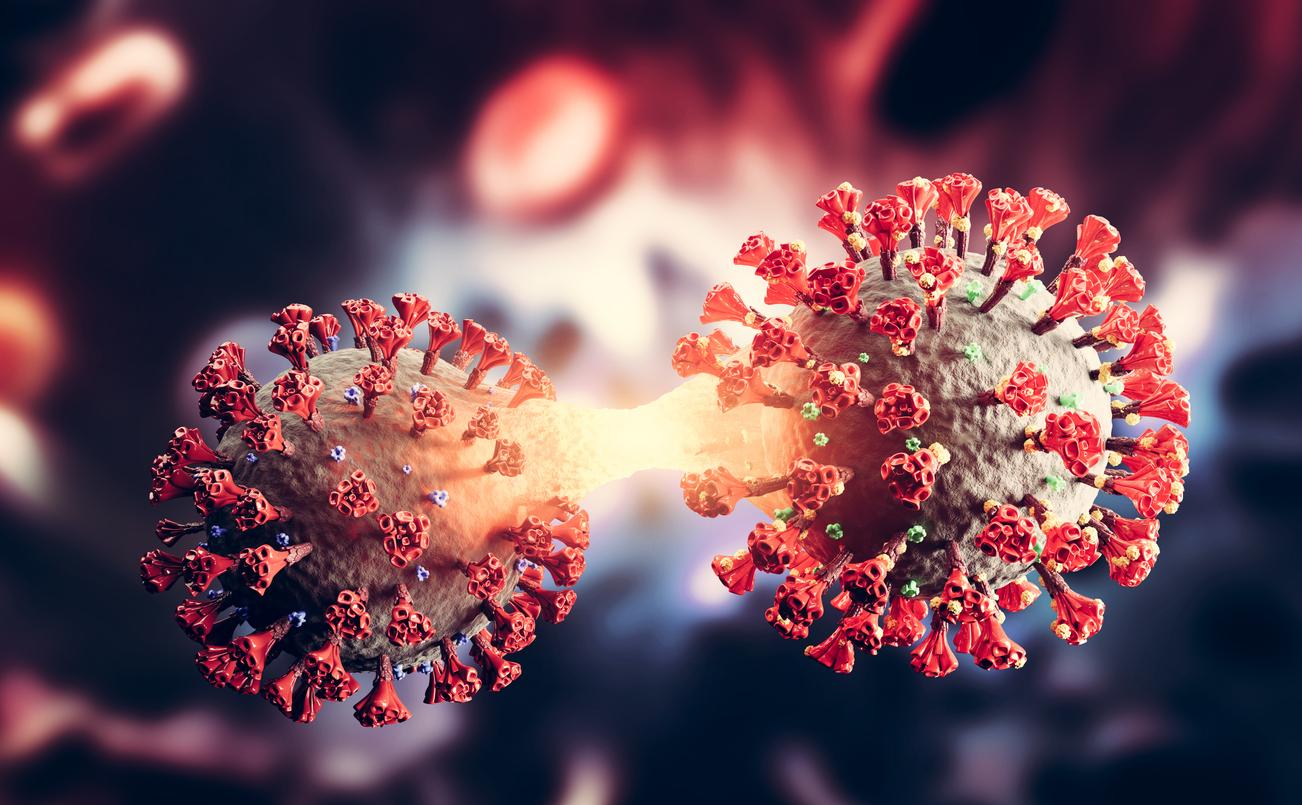People suffering from chronic respiratory failure have not been included in the exceptional partial activity system put in place by the government to deal with the coronavirus.
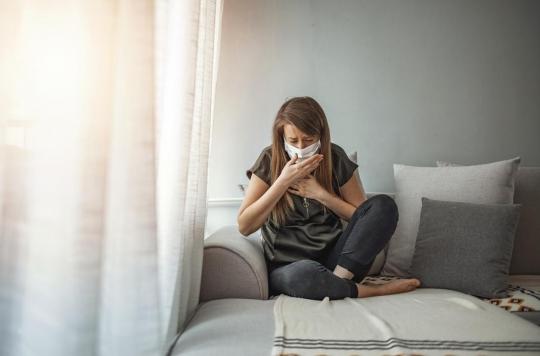
- To deal with the coronavirus epidemic, fragile patients can take advantage of an exceptional partial activity scheme.
- Patients with chronic respiratory failure were excluded from the scheme.
The French-speaking Pulmonary Society (SPLF) warns of forgotten people on the list of vulnerable people: patients with chronic respiratory failure.
To deal with the coronavirus epidemic, fragile patients can take advantage of an exceptional partial activity scheme. “These vulnerable people can either ask to telecommute or go into partial activity when telecommuting is not possible”, explains Delphine Robinet, a lawyer specializing in employment law and a partner at Via Juris.
An oversight that could have serious repercussions
Following publication in Official newspaper of August 30 of the decree of the Ministry of Labour, Employment and Integration relating to the exceptional partial activity scheme, the Pneumology Society points the finger at article 2 concerning the list of vulnerable patients. Indeed, this excludes de facto patients with chronic respiratory failure. An oversight that could have serious repercussions, according to health professionals.
“This decree is important, because it allows the maintenance for the most vulnerable employees of the partial activity system on medical prescription”, explains Pr Chantal Rahérison, President of the Pneumology Society. “The people concerned are employees at risk of developing a serious form of infection with the SARS-CoV-2 virus. The absence of chronic respiratory failure from the decree is completely contrary to the definition of vulnerable patients given in the report. of the HCSP (High Council for Public Health)”, she adds.
The HCSP report dated March 2020 had indeed defined patients vulnerable to coronavirus as follows:
– people aged 70 and over;
– patients with a cardiovascular history: complicated arterial hypertension, stroke or coronary artery disease, heart surgery, NYHA stage III or IV heart failure;
– unbalanced insulin-dependent diabetics or those presenting with complications secondary to their pathology;
– people with chronic respiratory disease likely to decompensate during a viral infection;
– Patients with chronic renal failure on dialysis and cancer patients undergoing treatment.
Respiratory impairment
Since the severity of SARS-COV2 infection is also mainly linked to respiratory damage, the SPLF, the entire pneumological community and patient associations are asking that these patients be considered as vulnerable patients, and therefore at risk of develop a severe form of SARS-CoV-2 virus infection.
“In a context where patients with severe chronic respiratory disease are under-diagnosed, and where some have had their care interrupted during the epidemic, this decree aggravates the social inequalities from which these patients suffer”, concludes in a final argument the Society of Pneumology.
Chronic respiratory failure results from poor oxygenation of the blood, and is manifested by shortness of breath, difficulty in breathing and great fatigue. Very disabling on a daily basis, the pathology probably affects more than 3.5 million people, or 6 to 8% of the French adult population.
.





